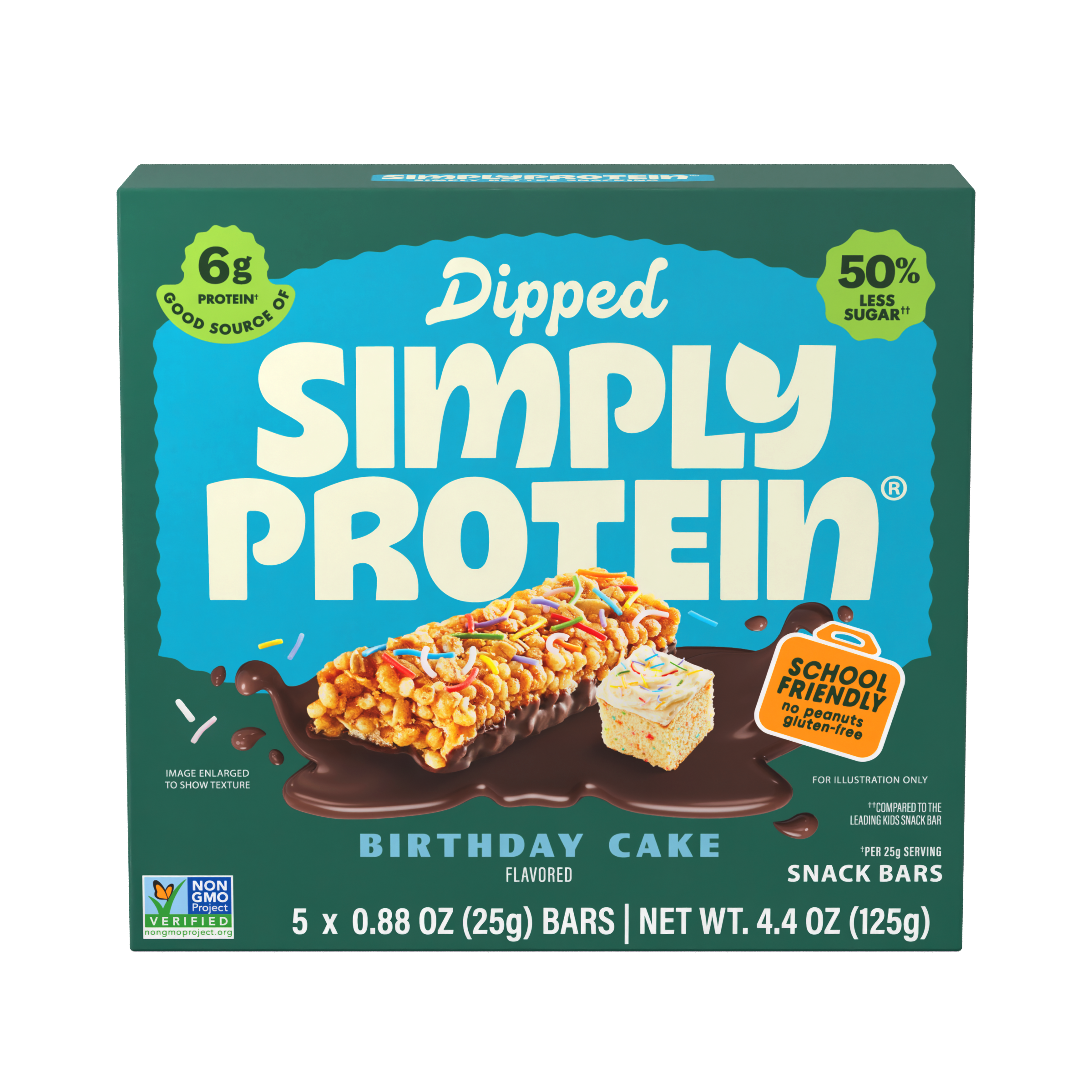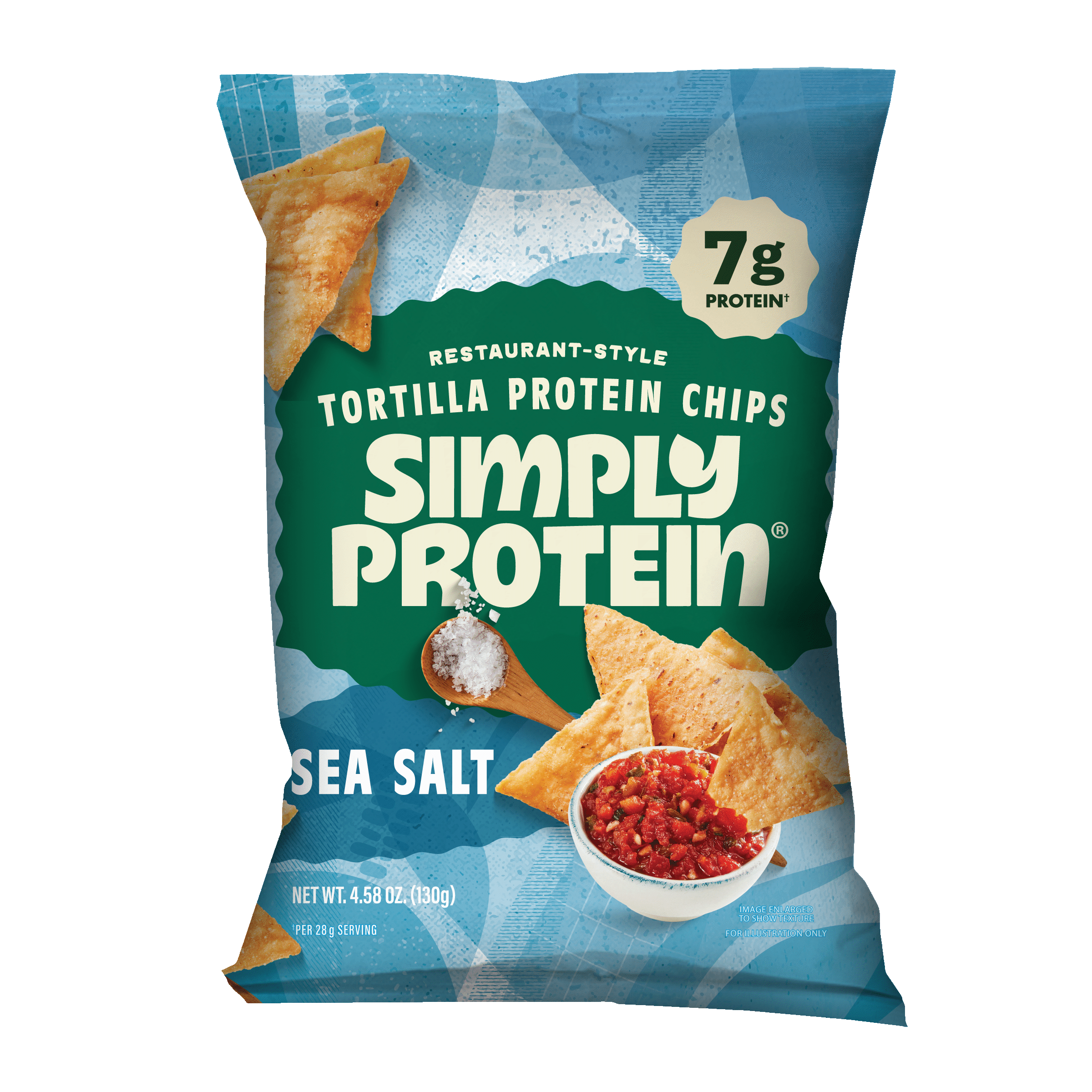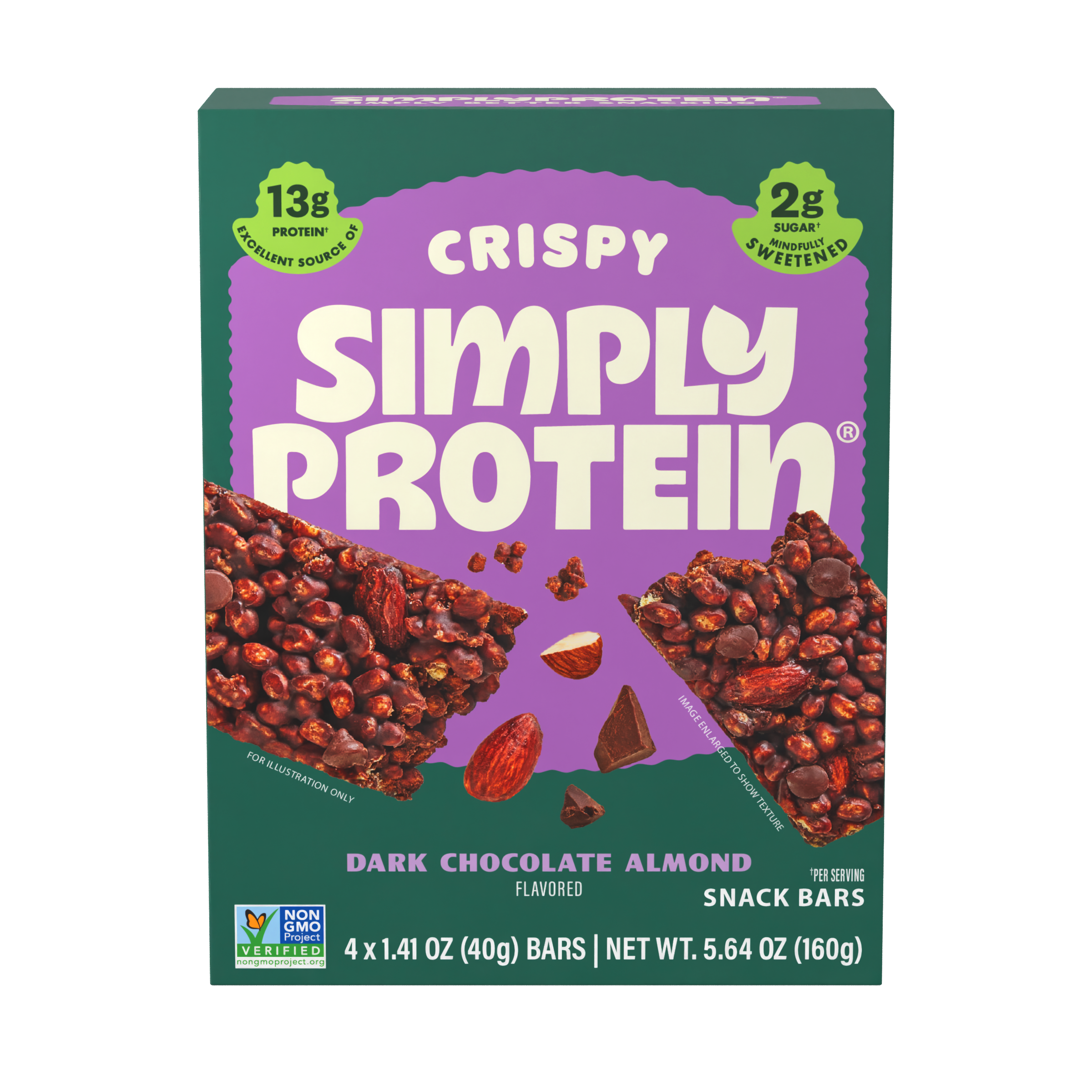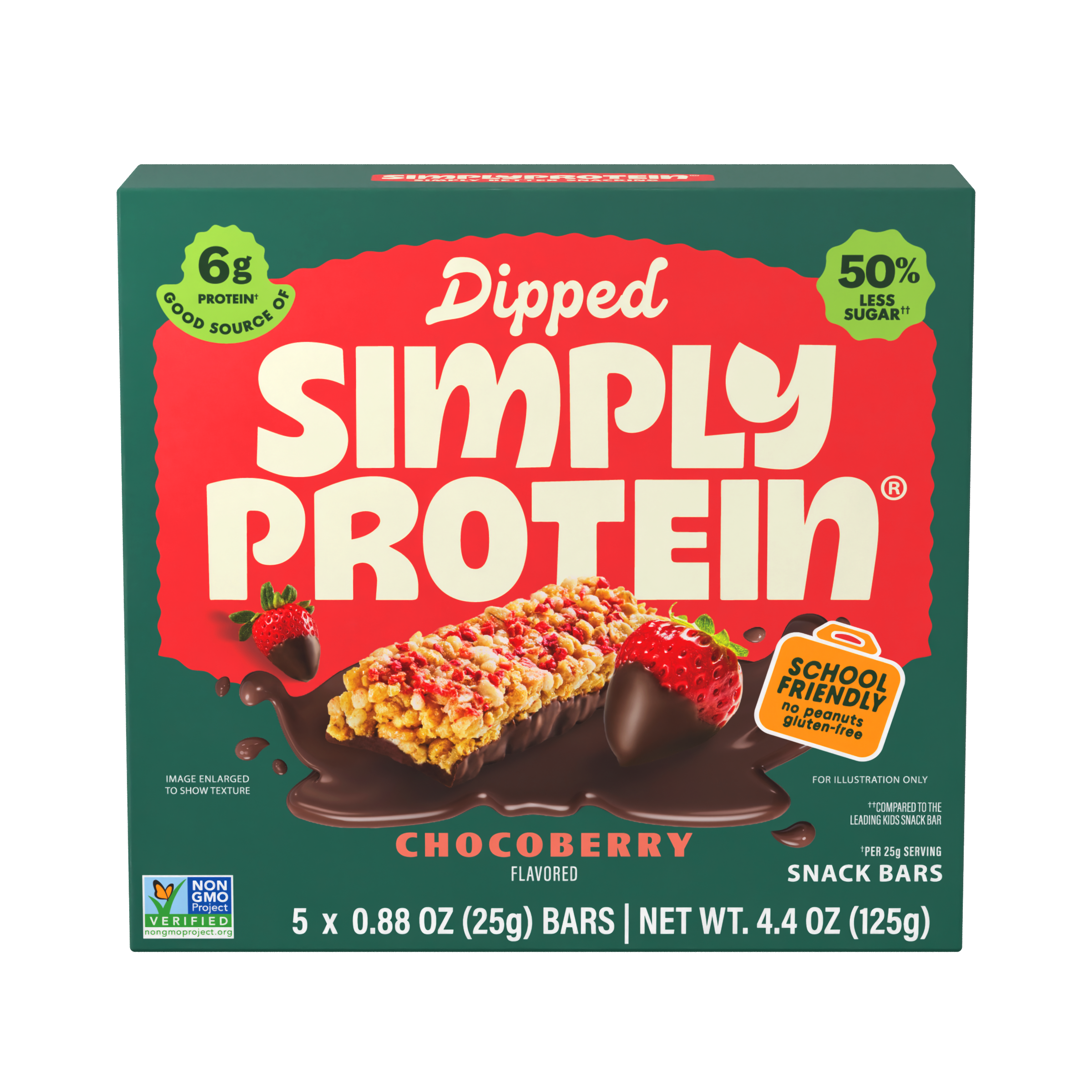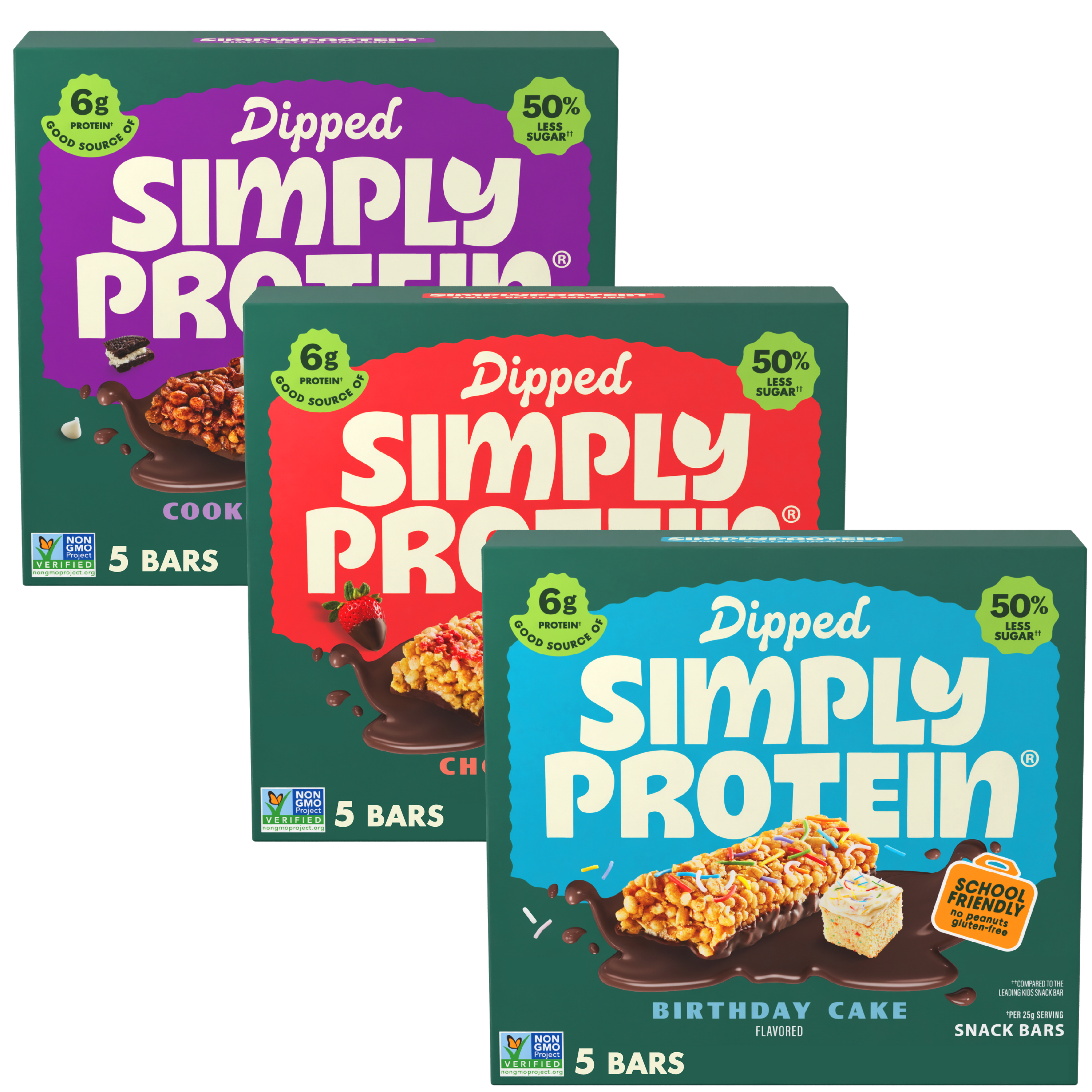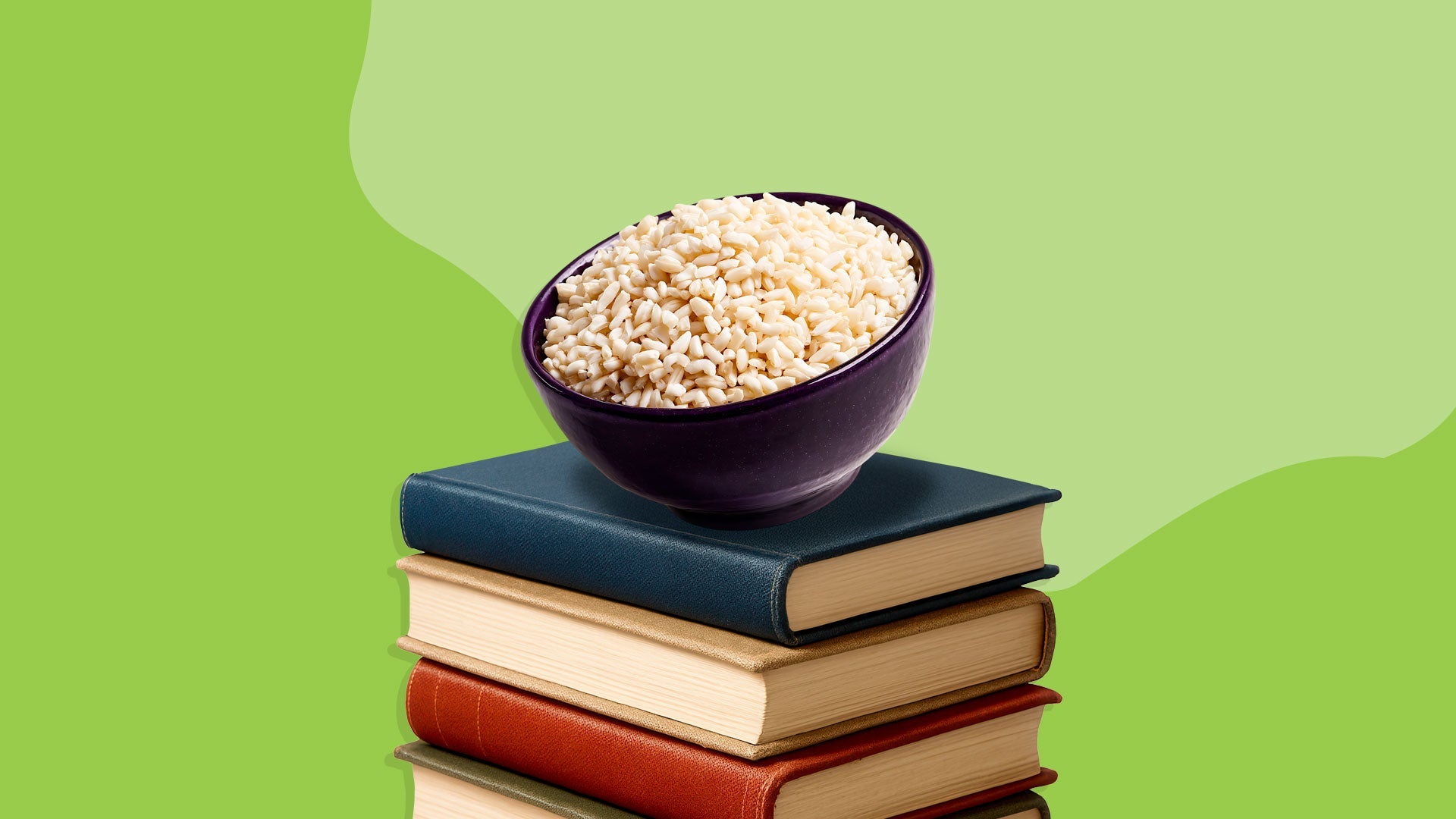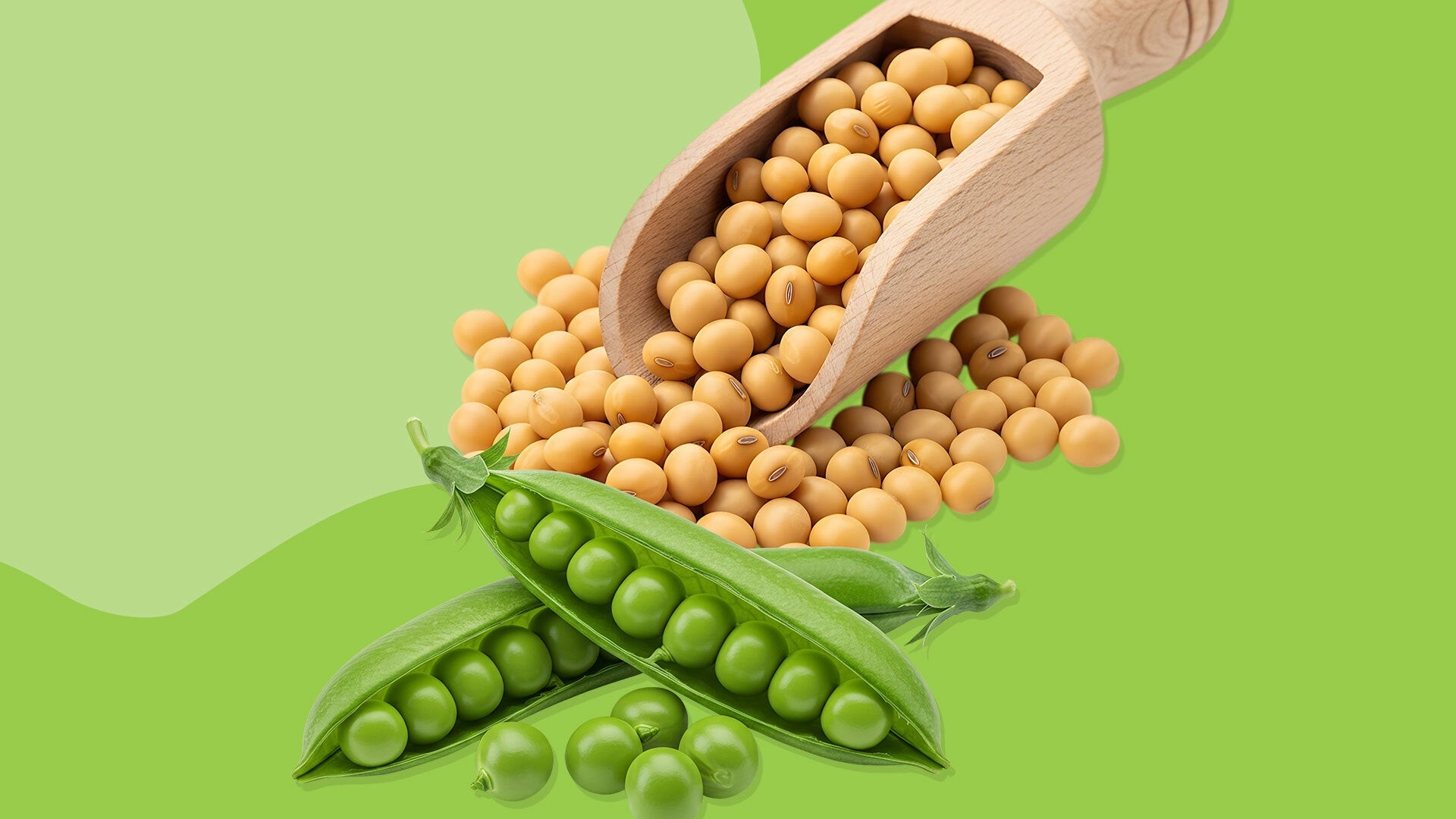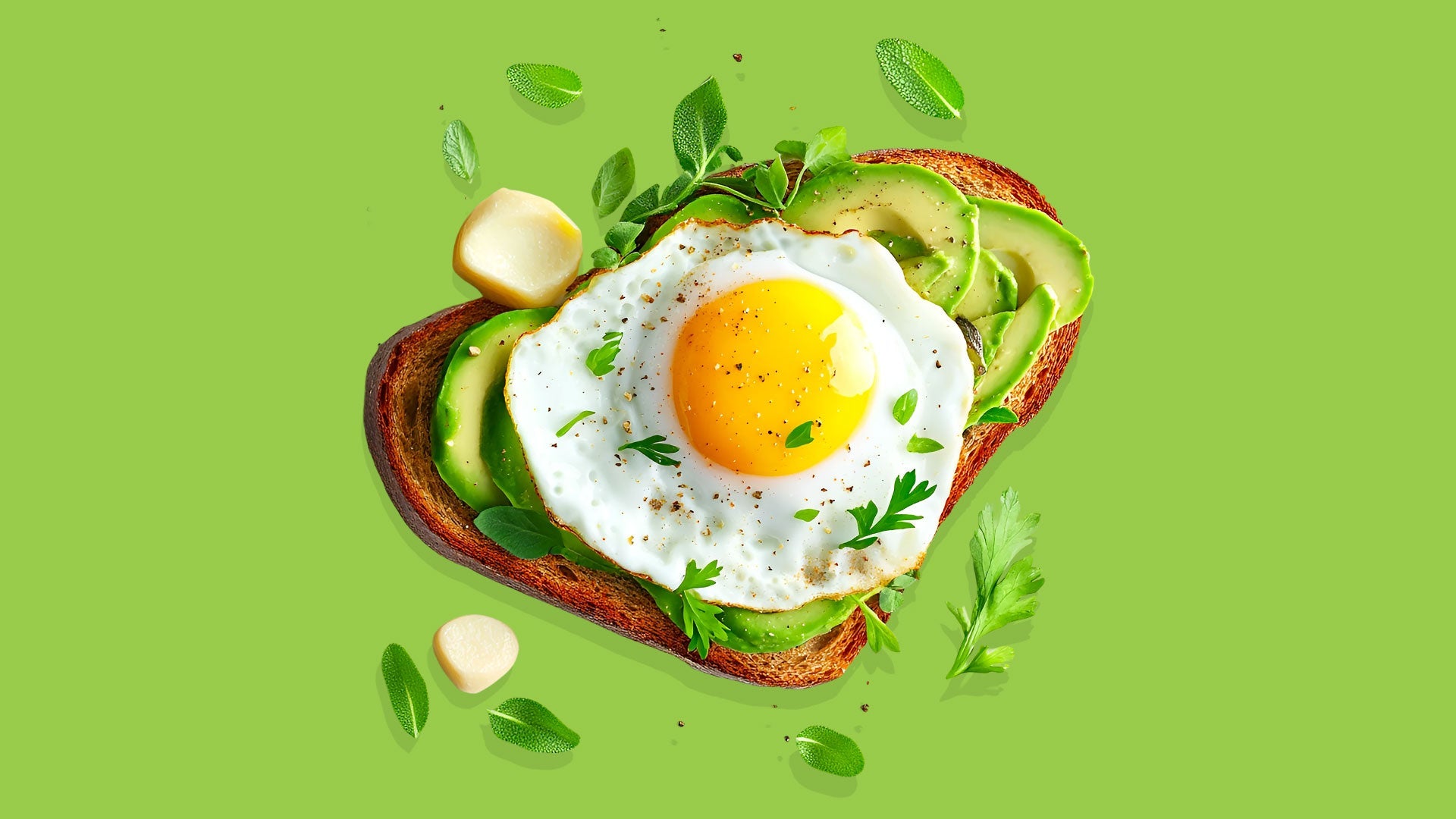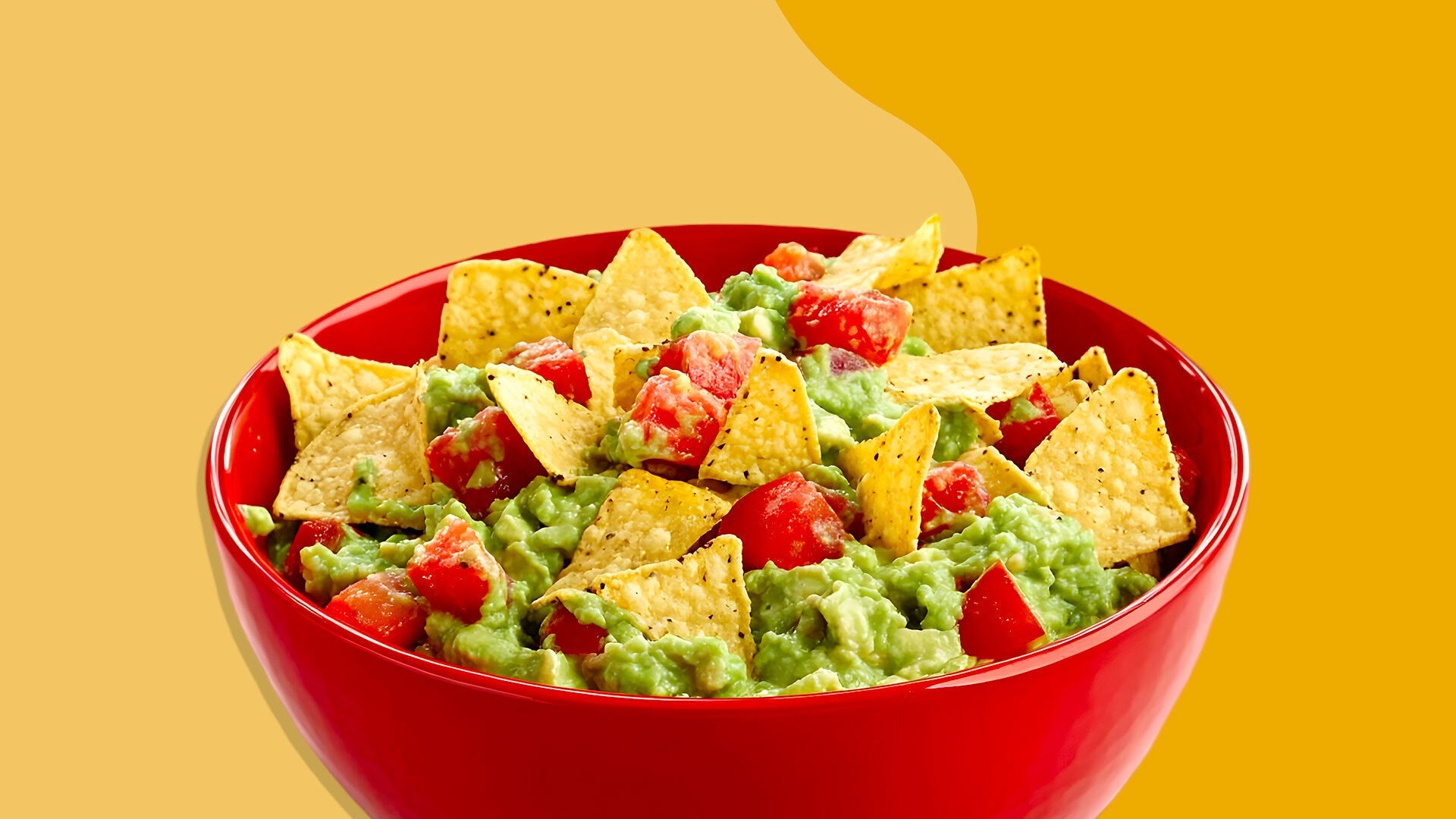
Should Snacks Contain Protein? Yes, and Here’s Why
Think you’re getting all the protein you need in a day? You might be overlooking one crucial “meal.” It’s not breakfast, lunch, or dinner—or even brunch. It’s the almighty snack.
There’s a lot of debate around snacking and how we should balance our meals. But a lot of the concern around snacking actually stems from what you’re snacking on, and how you snack. In reality, snacking can be a crucial component of getting the optimal amount of nutrients your body requires in a day.
Eating by the Numbers
What each person eats in a day and when they eat it differs from one individual to another, but our nutrient breakdown should ideally look something like this:
- Carbohydrates: 45–65% of our total calories in a day should come from healthy whole grains, fruits, vegetables, and legumes.
- Protein: 10–35% of our total calories should come from proteins like dairy, tofu, beans, eggs, lean meats, fish, and plant-based proteins.
- Fats: 20–35% of our total calories should be prioritized with healthy fats like nuts, seeds, avocados, and olive oil.
Each of these food groups delivers essential nutrients to our bodies, and striking the right balance is key to keeping everything working beautifully in tandem. Skipping a meal leaves us at a major deficit and increases the likelihood of overeating, making poor food choices, and suffering other consequences of poor nutrition (like exhaustion, mood swings, and headaches).
A typical breakdown of meals in a day includes breakfast, lunch, and dinner, with a snack between each. Following that structure, calories and food groups might look something like this:
-
Breakfast (20–25% of daily calories)
Focus: High-fiber carbs and protein
Example: Whole-grain toast with avocado and a poached egg, plus a side of fruit. -
Morning Snack (5–10% of daily calories)
Focus: Light protein and fiber
Example: A handful of nuts or Greek yogurt with a sprinkle of granola. -
Lunch (30–35% of daily calories)
Focus: Balance of carbs, protein, and healthy fats
Example: Grilled chicken salad with mixed greens, quinoa, and olive oil vinaigrette. -
Afternoon Snack (5–10% of daily calories)
Focus: Energy boost with protein or healthy fat
Example: Veggie sticks with hummus or a hard-boiled egg with whole-grain crackers. -
Dinner (25–30% of daily calories)
Focus: Lean protein, veggies, and moderate carbs
Example: Baked salmon with roasted sweet potatoes and steamed broccoli. -
Optional Evening Snack (5% of daily calories)
Focus: Light and calming
Example: Herbal tea with a small square of dark chocolate or a few apple slices with peanut butter.
Did you happen to notice the one food group that made it into nearly every meal and snack? Protein! The protein recommended in snacks can make up to 25% of our daily recommended intake. That’s a lot!
Think of protein like the MVP when it comes to nourishing our bodies. Protein helps stabilize blood sugar, keeps us satiated for longer, helps us build and repair tissue, protects muscle mass, supports a healthy metabolism, and acts as a building block for many hormones and enzymes that regulate body functions, like digestion, immune response, and mood. Talk about the ultimate body builder!
It’s no wonder protein is an essential component of our meals. And when it comes to snacking, it’s just as crucial.
Snack Your Way to Good Health
The term “snacking” may have a bad reputation, but it’s actually an important tool to keep our bodies energized and on point throughout the day.
Having a mindful snack between meals helps us to:
- Maintain energy: Eating small, healthy snacks between meals can help maintain blood sugar levels and prevent energy crashes.
- Avoid overeating at meals: Smart snacking can prevent you from getting too hungry and overeating during your next meal. It helps control appetite and curb cravings.
- Boost daily nutrient intake: Snacking on nutrient-dense foods like fruits, veggies, nuts, or yogurt can help you meet your daily nutritional needs.
Here’s the Trick to Healthy Snacking
- Choose whole foods: Snack on fresh produce, satiating whole grains, lean protein, and healthy fats. Like the meals we create, snacks should contain a variety of food groups to fuel the body.
- Set a healthy limit: A little bit of protein goes a long way, so start small. A handful of nuts or a small bowl of yogurt with granola and fruit is perfect. If your snack starts to look like a dinner plate, or you’re reaching for seconds and thirds, set a limit.
- Listen to your body: While snacking is a healthy tool to fuel and energize, it’s not always essential. If you’re not hungry (thanks to a filling meal earlier in the day), skip it. Snacking takes a turn for the worse when it becomes mindless. You can avoid this by checking in with your hunger and setting a clearly defined portion for your snack. Pour chips into a bowl, and then put that bag away!
We’ve Got Your Snack
If you’re looking for inspiration for appetizing and healthy snacks, here are a few easy options to whip up that’ll leave you feeling satiated and energized:
- Apple slices with almond butter
- Protein tortilla chips with guacamole
- Greek yogurt with a drizzle of honey and berries
- Energy bites and veggie sticks
- Protein bar with fruit
- Hard-boiled egg with whole-grain crackers
Snacks don’t just curb cravings—they fuel your body and keep you functioning at your best. So the next time hunger strikes between meals, reach for a snack packed with protein to stay energized, satisfied, and healthy.
